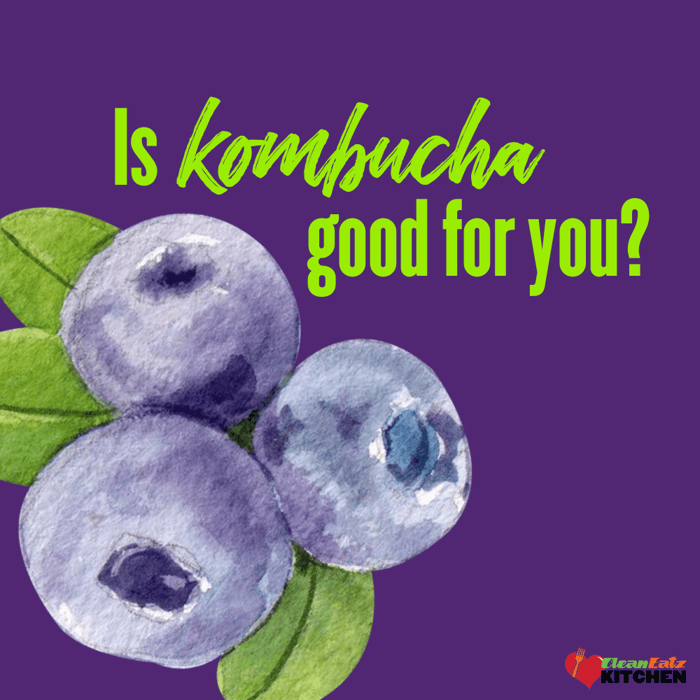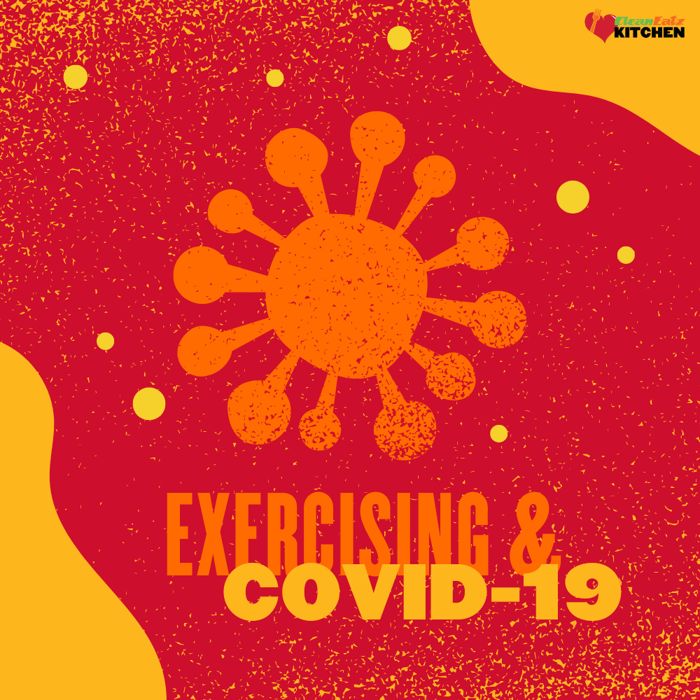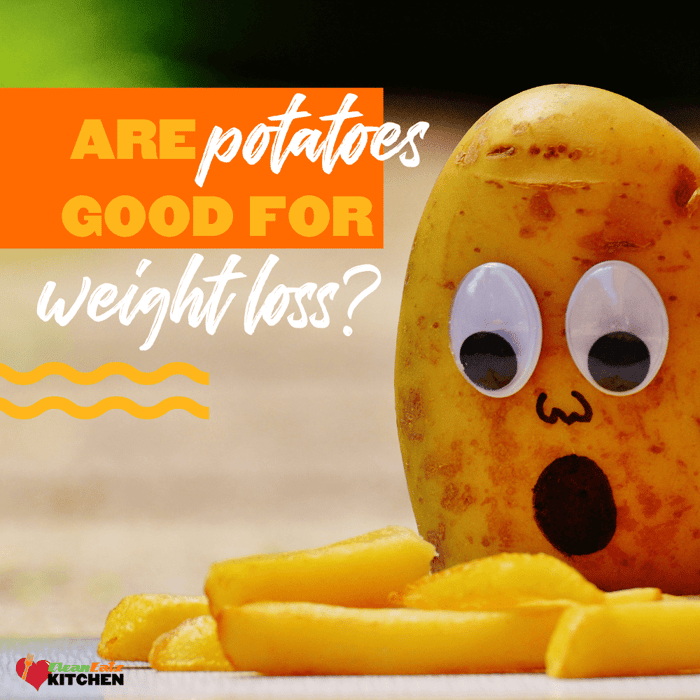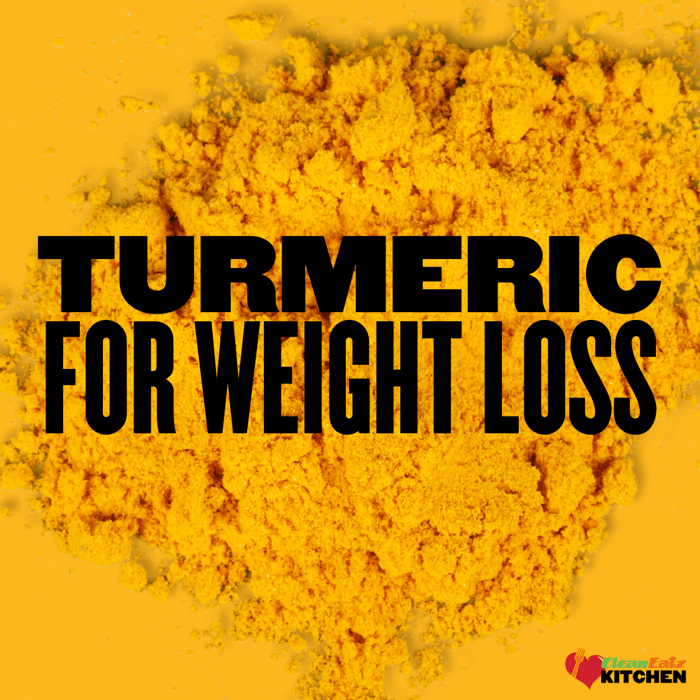Last updated: September 19, 2025
Is Kombucha Good for Weight Loss?
Short answer: Kombucha can fit a weight-loss plan if you choose low-sugar bottles and use it to replace higher-calorie drinks. It isn’t a fat-burner, and many brands have 10–20 g sugar per bottle. Aim for ≤6 g sugar per 8 oz (≈ ≤12 g per 16 oz) and treat it like a flavored beverage—not a probiotic cure-all. Day-to-day, water, coffee/tea without sugar, and zero-calorie seltzer should do most of the heavy lifting.
When Kombucha Helps (and When It Doesn’t)
- Helps: You’re swapping from soda/juice/alcoholic seltzers to a lower-sugar kombucha. That’s a net calorie win and may feel more “special” than water.
- Helps: You like a tangy drink before meals to slow down eating (acidity + bubbles can encourage mindful sipping).
- Doesn’t help: You pick sugary flavors or drink multiple bottles/day “for probiotics.” Those calories add up fast.
- Reality check on probiotics: Fermented drinks may support gut diversity, but strains/doses vary widely and evidence for direct fat loss in humans is limited. Count on kombucha for flavor—get results from calories, protein, and consistency.
Nutrition & Sugar Math
Typical ranges—check the label or use our Nutrition Label Converter.
| Serving | Calories | Total sugar | Carbs | Caffeine | Alcohol |
|---|---|---|---|---|---|
| 8 oz (≈240 mL) | ~25–45 kcal | ~3–6 g | ~5–10 g | Trace–~10–15 mg | Up to ~0.5% ABV (non-alcoholic); “hard” versions are alcoholic |
| 12–16 oz bottle | ~40–90+ kcal | ~8–20+ g | ~10–22 g | ~15–30 mg | Same note as above |
Sugar math: Every 4 g sugar ≈ 16 kcal. A 16 oz bottle with 16 g sugar adds ~64 kcal—small once, big if it’s daily.
How to Choose a Better Bottle
- Per 8 oz: ≤6 g sugar (≤12 g per 16 oz). Many “fruit” flavors run higher—scan the added sugar line.
- Ingredients: Tea, water, SCOBY, minimal juice/puree. Skip syrups and heavy sweeteners.
- Calories: Aim ≤50 kcal per bottle for an easy win.
- Alcohol: Regular kombucha is ≤0.5% ABV; avoid “hard kombucha” when weight loss is the goal.
- Dental friendly: It’s acidic. Drink with food, avoid lingering sips, consider a straw, and rinse with water after.
How to Use Kombucha During Weight Loss
- Portion: 4–8 oz at a time is plenty. Dilute 1:1 with plain or soda water for flavor with fewer calories.
- Timing: Pre-meal 10–20 min to slow pace; or as an afternoon “treat” instead of snacks you don’t truly want.
- Pair with protein: A bubbly drink + protein-forward snack (Greek yogurt, cottage cheese, jerky, protein bar) keeps hunger in check.
- Build the foundation: Set calories with the Calorie Calculator and protein with the Protein Calculator. Drinks are the fringe, not the foundation.
Pitfalls & Side Effects
| Pitfall | Why it stalls progress | Easy fix |
|---|---|---|
| High-sugar flavors / multiple bottles | Liquid calories add up fast | Cap at 4–8 oz; choose ≤6 g sugar per 8 oz; dilute with seltzer |
| Using it as a “probiotic supplement” | Inconsistent strains/doses; false halo → overconsumption | Treat as a flavored drink; get results from calorie control + protein |
| Home brewing without hygiene | Contamination risk; variable alcohol/sugars | Prefer commercial brands; if brewing, follow reputable safety guides |
| Dental enamel sensitivity | Acidic + sugar exposure | Drink with meals, avoid sipping all day, rinse water afterward |
| Bloating/upset stomach | Carbonation + organic acids | Start with small servings; skip on very empty stomach if sensitive |
Who Should Limit or Avoid It
- Pregnant or breastfeeding: many clinicians advise avoiding unpasteurized fermented drinks; choose pasteurized options only if cleared by your provider.
- Immunocompromised / GI conditions / recent surgery: discuss with your clinician first.
- People avoiding alcohol for medical or personal reasons—standard kombucha can contain up to ~0.5% ABV.
- Caffeine-sensitive: small but present; pick caffeine-light flavors or limit later in the day.
Smart Swaps & Simple Recipes
- Kombucha spritz: 4 oz low-sugar kombucha + 8–12 oz plain seltzer + lime. ~15–25 kcal.
- Mocktail: 6 oz kombucha + crushed ice + mint + cucumber; top with seltzer.
- Zero-calorie base days: Use water/seltzer, lightly flavored electrolytes on hot/training days (see Electrolytes guide), and unsweetened tea/coffee.
Related CEK Tools & Guides
- Calculators: Calorie Calculator • Protein Calculator • Weight Loss % Calculator
- Guides: Healthy Food Alternatives (Smart Swaps) • Lemon Water: How-To • Diet Soda on Keto • Best Healthy Dinner Recipes
- Ready when you are: High-Protein Box • Build-a-Meal Plan • Protein Powder • Overnight Oats
FAQs
Is kombucha good for weight loss?
It can help indirectly if it replaces higher-cal drinks and you pick low-sugar bottles. It doesn’t burn fat on its own—results come from a calorie deficit and adequate protein.
How much kombucha is okay per day?
Start with 4–8 oz. Some people do fine with a full bottle, but keep sugar ≤12 g per 16 oz and count the calories toward your daily target.
Does kombucha flatten belly fat?
No specific food or drink targets belly fat. Overall body-fat loss from diet/activity changes reduces waist size over time.
Is kombucha keto-friendly?
Only if very low sugar and in small portions. Many bottles contain 10–20 g sugar and won’t fit strict keto.
What about “hard kombucha”?
It’s alcoholic and usually higher in calories—treat it like any alcoholic beverage if weight loss is your goal.
Disclaimer: This article is general information and not medical advice. If you are pregnant, immunocompromised, managing a medical condition, or take medications, ask your clinician before changing your diet.
References
- USDA FoodData Central — typical nutrition ranges for kombucha and sweetened beverages (values vary by brand).
- General clinical guidance from registered dietitians on fermented beverages, added sugars, and weight management.




